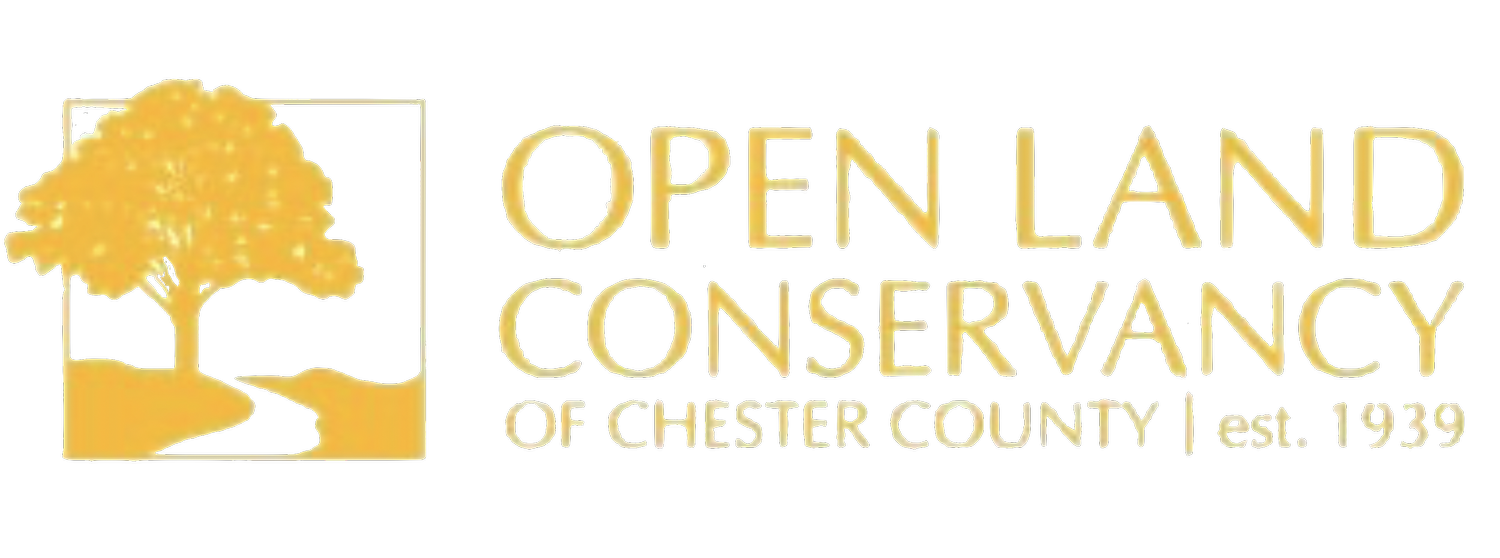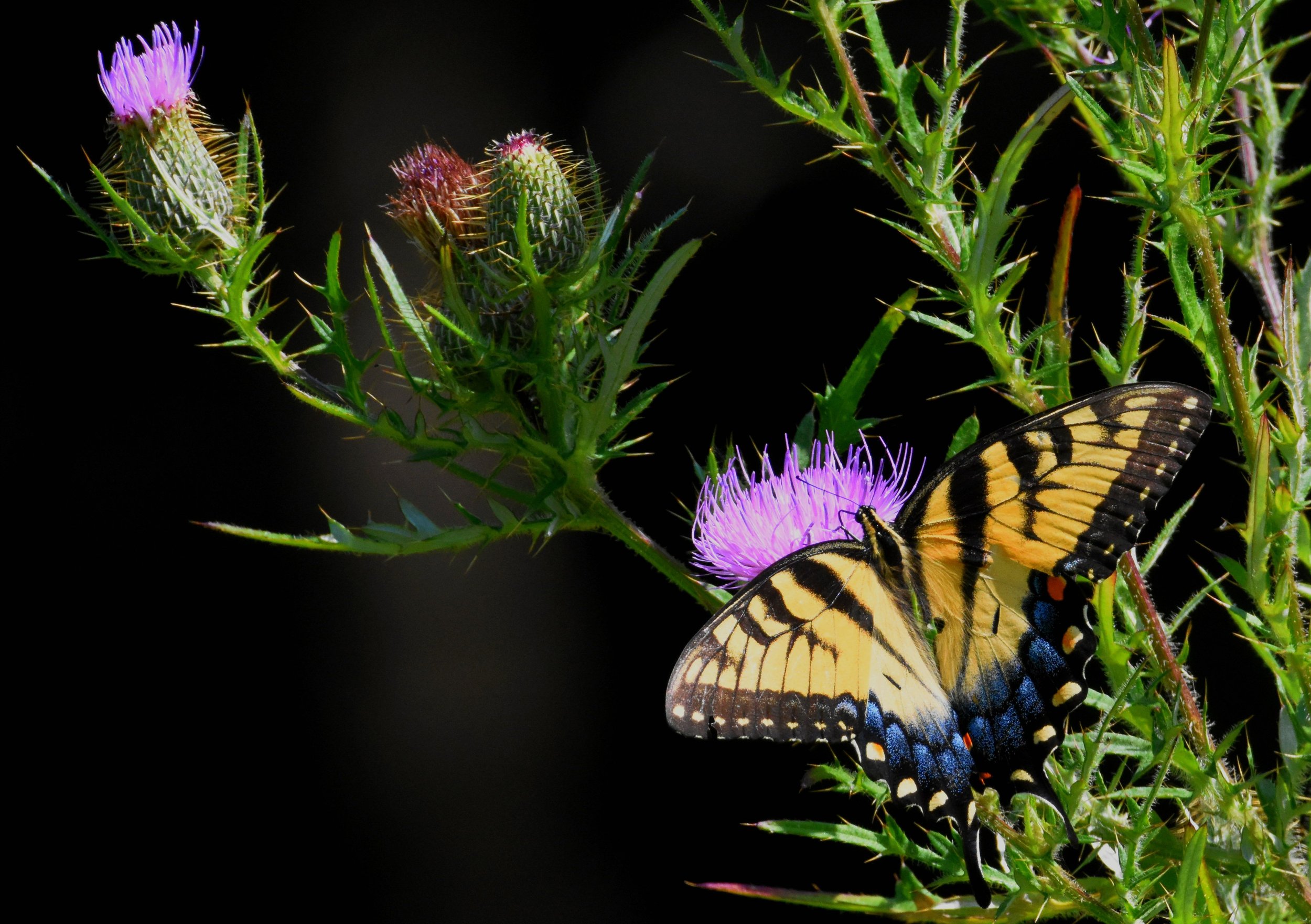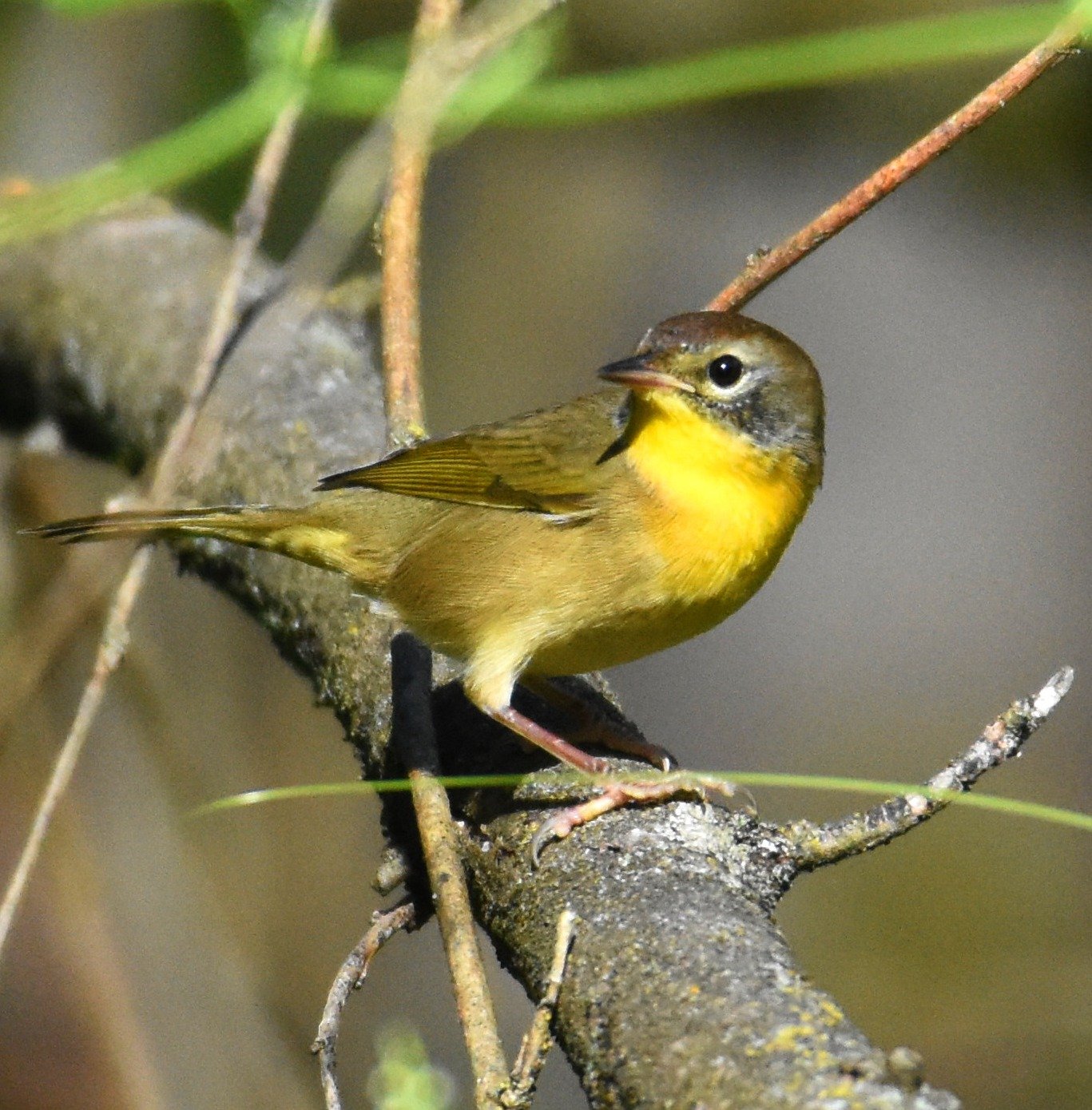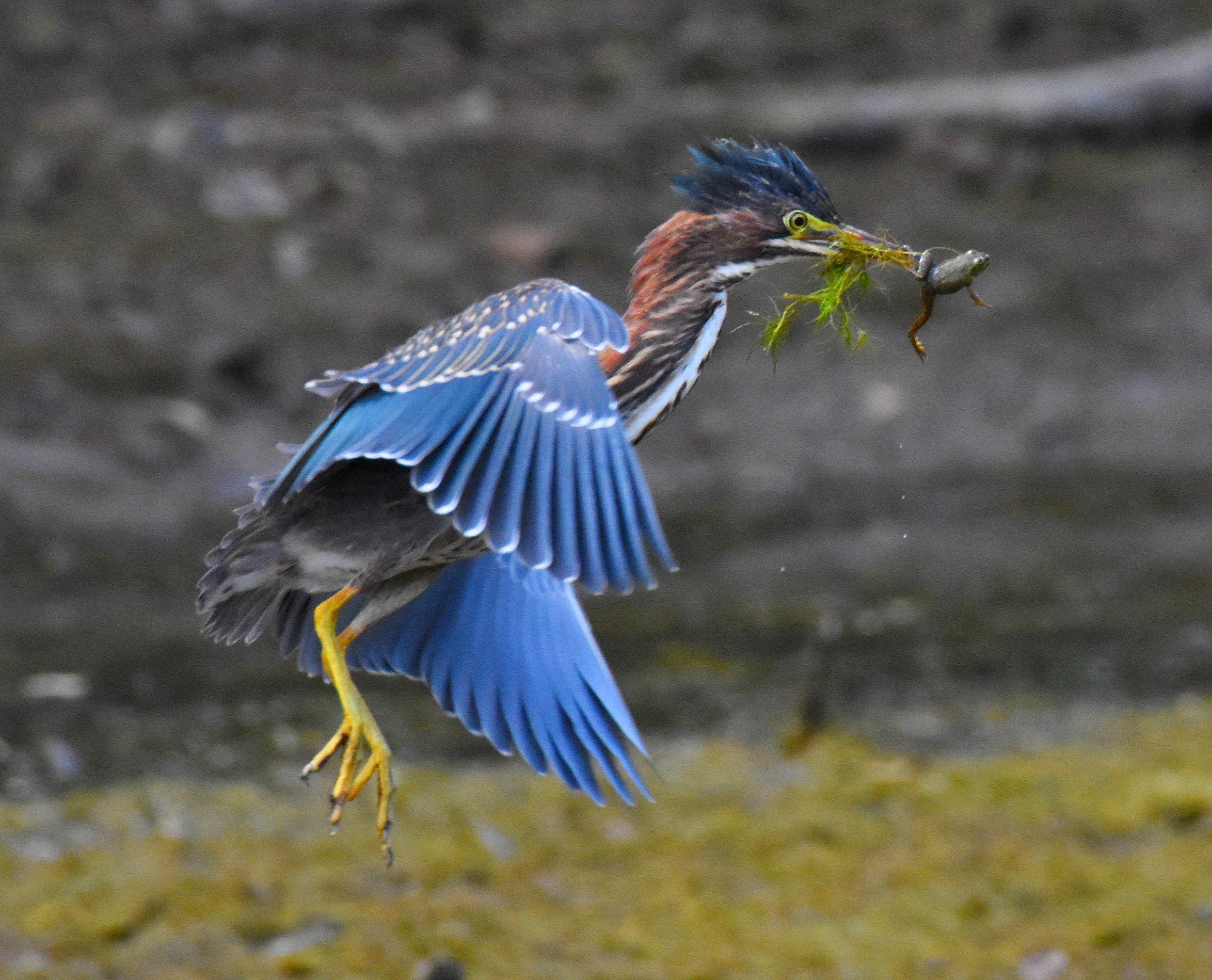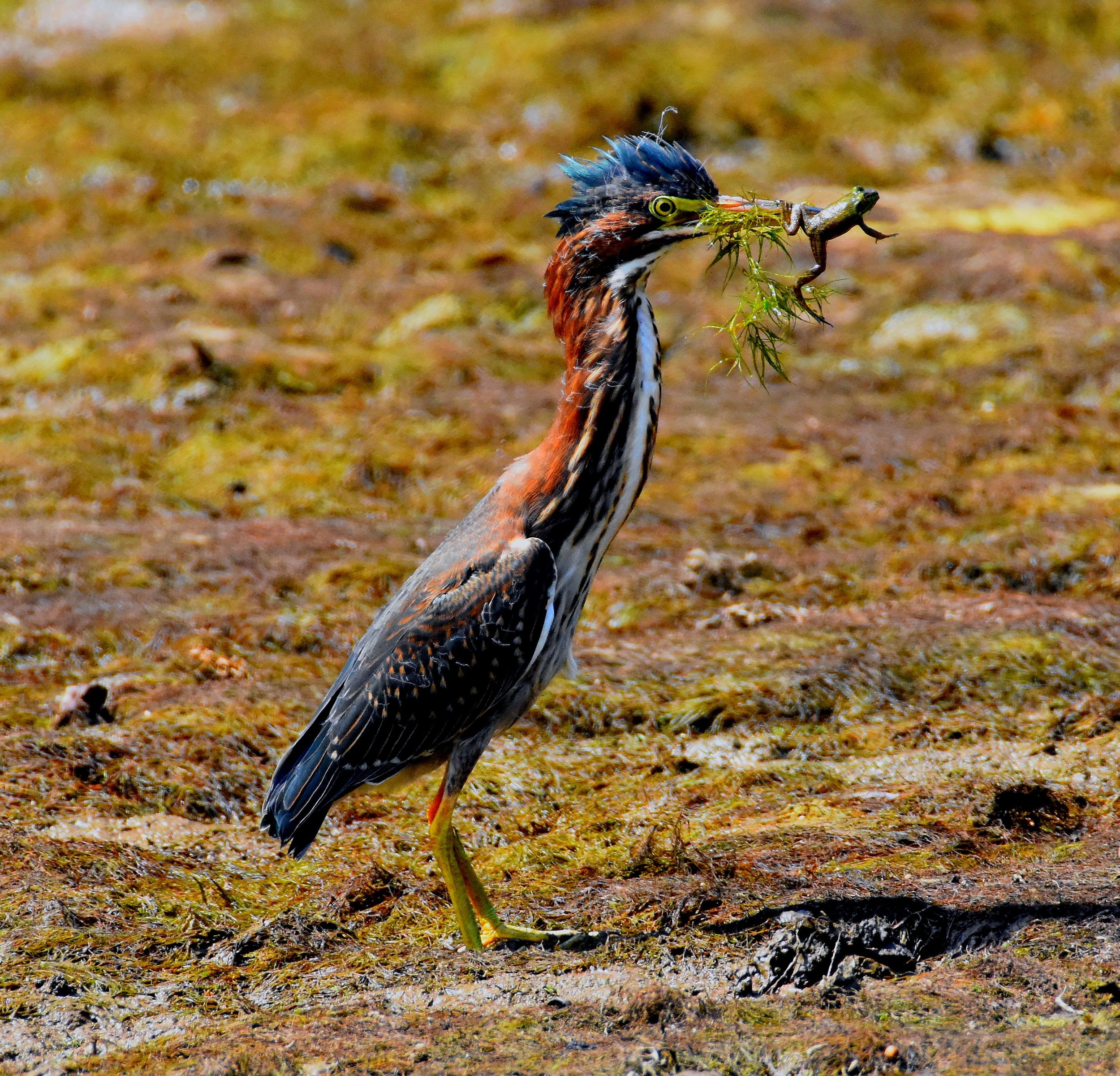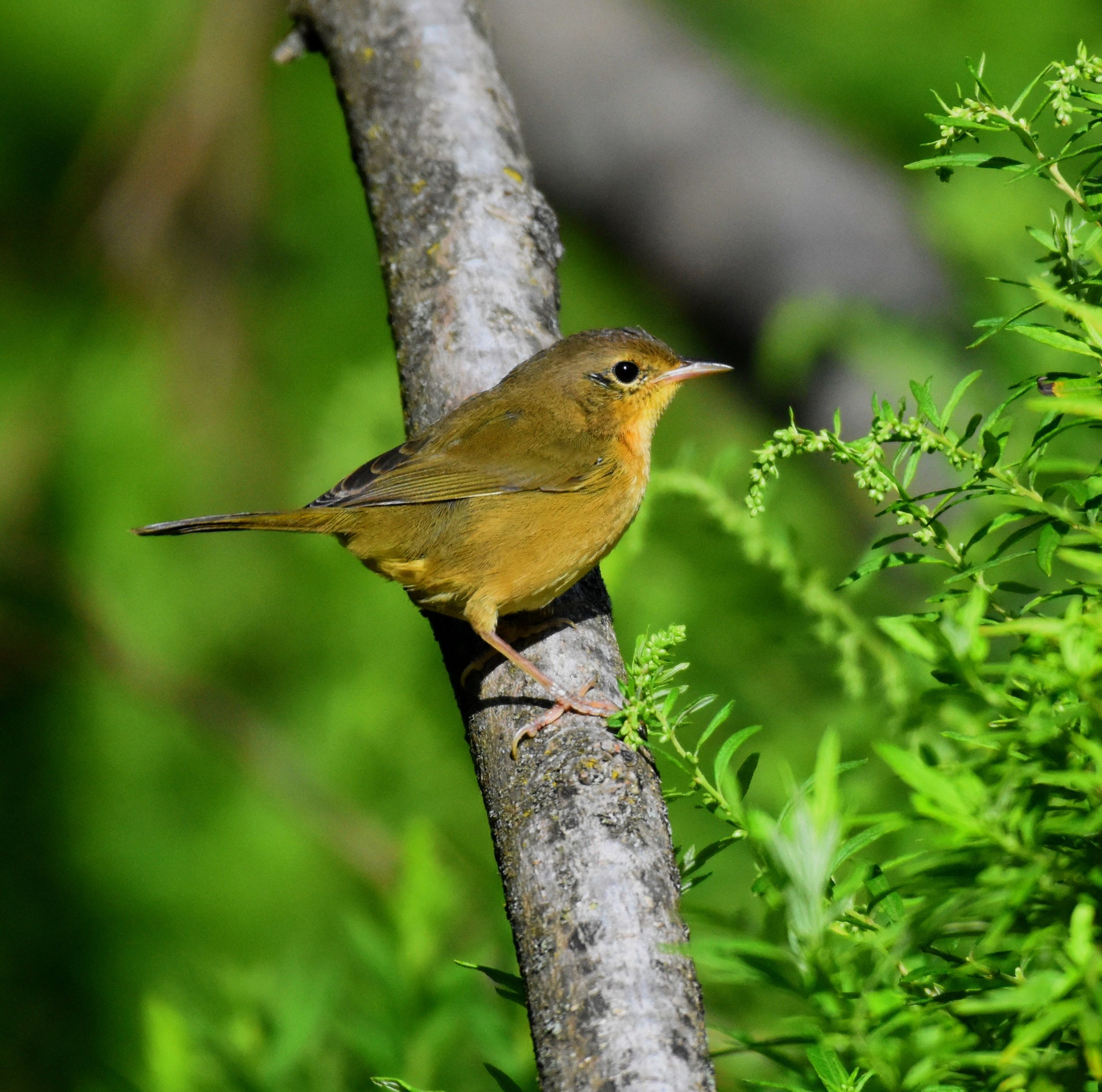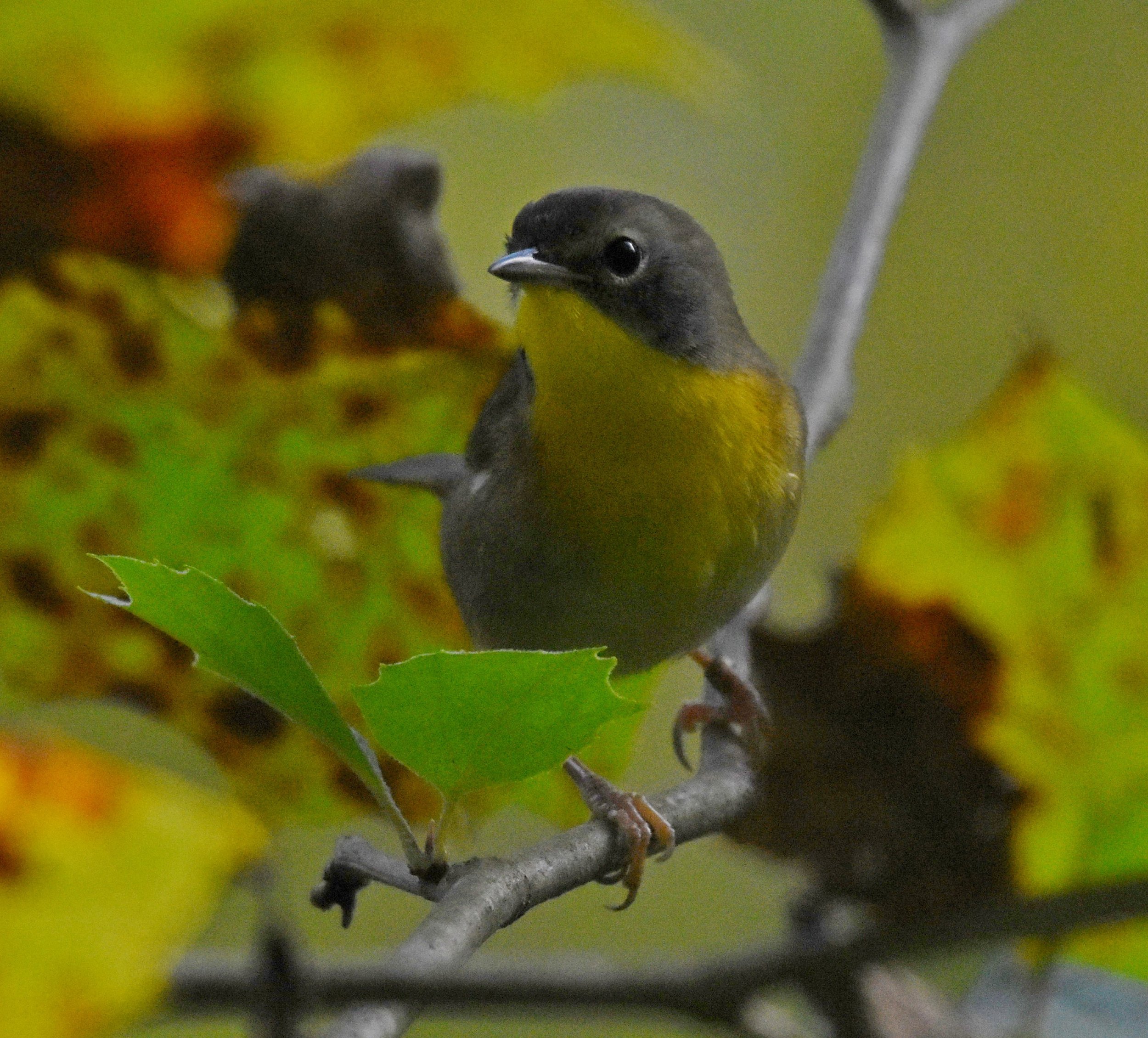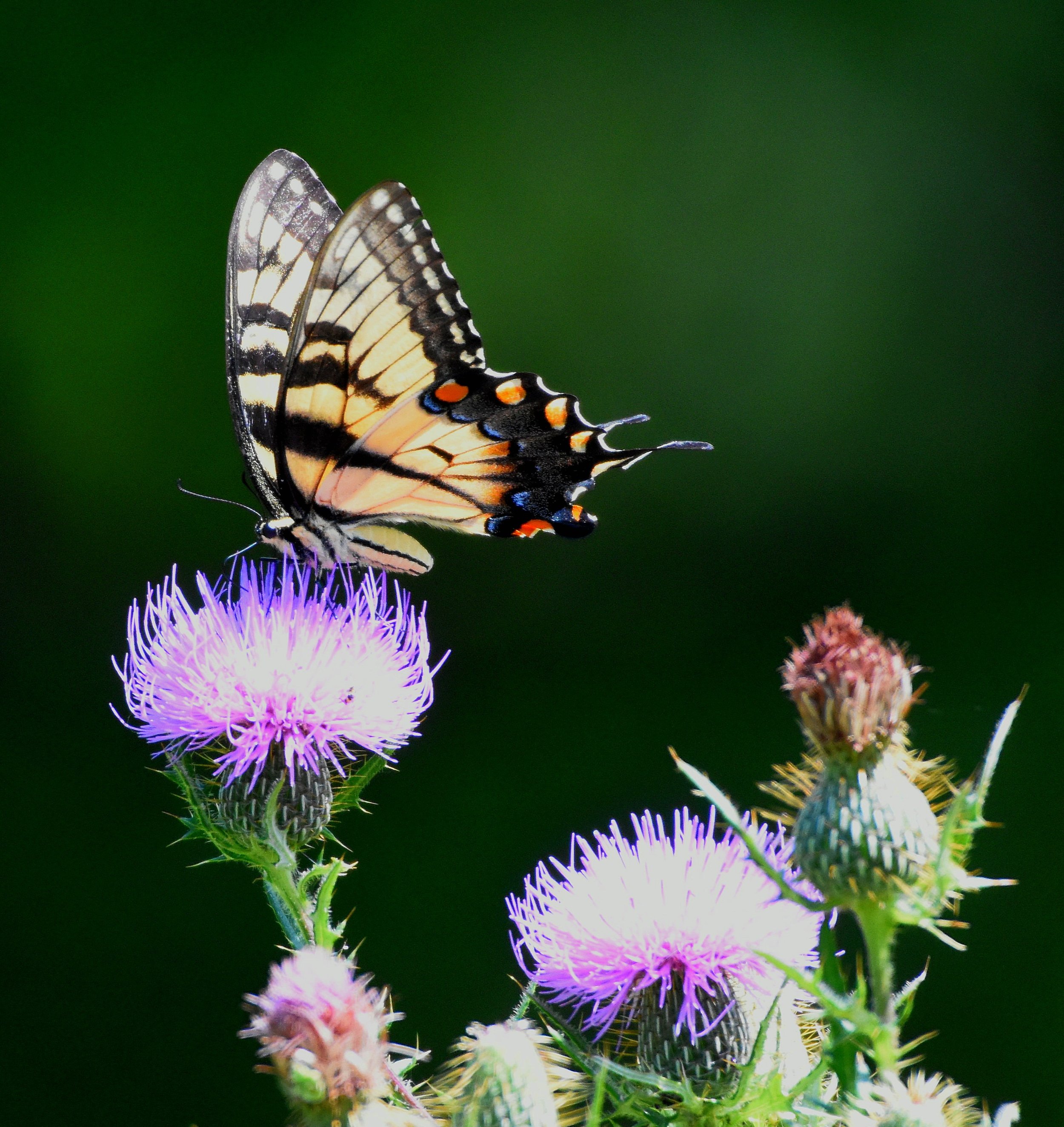The population of white-tailed deer in our nature preserves and the surrounding area is much greater than the ability of the land to support them; some estimates suggest 10 times larger than desirable. If left unchecked, our woodlands will eventually disappear, as older trees die or are sickened by disease and invasive species like the emerald ash borer. Where trees were once able to regenerate their populations, the deer herds now consume all new growth long before it can mature. Where native shrubs and wildflowers once carpeted the forest floor, only non-native species now survive, to the detriment of native songbirds and other key species that make up the chain of life on which we all depend.
In keeping with our mission to protect native habitat for all species, the Conservancy is joining our neighboring land trusts in actively managing the deer population through a highly regulated program of bow hunting. Trained archers with Chester Valley Deer Management Association (CVDMA) will hunt in selected Conservancy preserves during archery hunting season, as regulated by the Pennsylvania Game Commission. CVDMA has hunted on Tredyffrin Township parklands for nearly twenty years and is highly regarded by Township staff and others who use their services. Their hunters are thoroughly trained and follow strict safety protocols.
Things to know:
Most hunting takes place in the hours right after dawn and before dusk.
Hunters operate from tree stands that are located away from trails.
Our preserves remain open while hunters are present. Careful consultation with similar local organizations demonstrates that these properties remain safe to visit. Signs are posted in all preserves where CVDMA is active.
We continue to pursue other means of protecting our woodlands. The Conservancy uses tree tubes and fences to protect new plantings, and hopes to expand such usage, but the cost of this approach limits its usefulness to a very small percentage of the land we protect.
Any questions about this may be submitted via the Contact page of this website.
